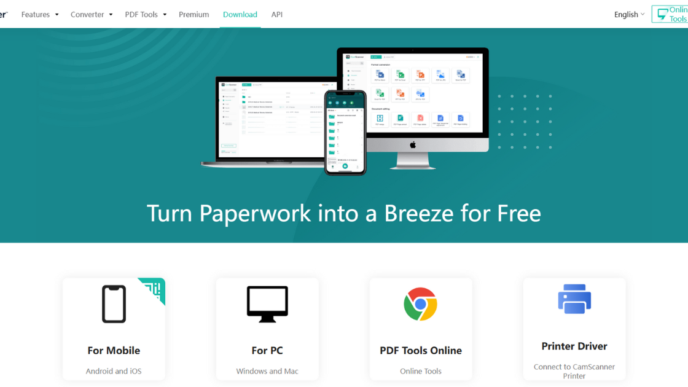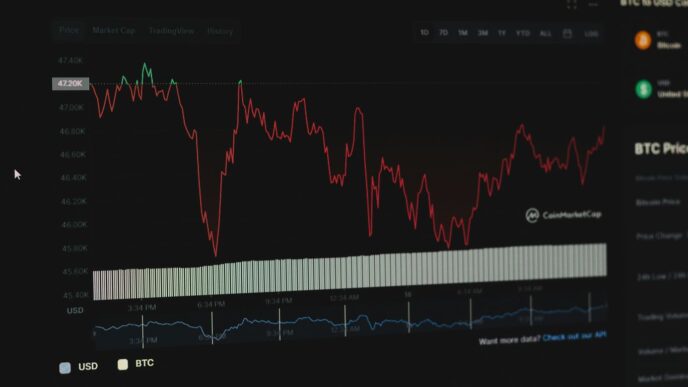Defining Mobile Micro-Payments
Mobile micro-payments refer to minor monetary transactions facilitated by mobile devices, predominantly smartphones. Common examples include payments for digital content, transportation fares, in-app purchases, and small everyday retail transactions.
Predicted Technological Trends in 2025
Several key technological advancements are poised to shape the future of mobile micro-payments:
- Enhanced Biometric Authentication
Advanced biometrics including facial recognition, fingerprint scans, voice recognition, and even retinal scanning will become commonplace, providing secure and seamless payment authentication.
- Blockchain and Decentralization
Blockchain technology will increasingly underpin mobile micro-payment systems, offering unparalleled transparency, security, and speed. Decentralized systems will help reduce fraud and enhance user trust.
- Increased Adoption of NFC and QR Codes
NFC (Near Field Communication) and QR codes will dominate the payment landscape due to their ease of use, rapid transaction processing, and cost-effective implementation.
- Integration of AI and Machine Learning
AI-driven algorithms will significantly improve fraud detection, transaction monitoring, and personalized financial management advice, enhancing overall user experience.
- Growth of IoT Integration
Internet of Things (IoT) technology will integrate more devices with mobile payment capabilities, transforming everyday objects like wearables and smart appliances into payment-ready devices.
Step-by-Step Guide to Engaging with Next-Gen Micro-Payments
- Choose Reliable Platforms: Prioritize trusted and well-reviewed micro-payment service providers.
- Set Up Secure Authentication: Utilize advanced biometrics and two-factor authentication (2FA).
- Enable Real-Time Alerts: Stay informed with instant notifications for transactions.
- Regularly Update Apps: Ensure your payment applications and systems are regularly updated for maximum security.
- Continuous Monitoring: Frequently review transaction histories to promptly identify and address any discrepancies.
Pros and Cons of Emerging Mobile Micro-Payment Technologies
Advantages:
- Improved Security: Enhanced biometric authentication significantly reduces fraud risks.
- Convenience: Simplified, faster transaction processes.
- Financial Inclusion: Wider access to financial services globally, particularly in underserved regions.
- Personalization: Customized user experiences based on AI analytics.
Disadvantages:
- Privacy Concerns: Potential misuse of biometric and transaction data.
- Technical Dependence: Greater reliance on continuous technological upgrades and internet stability.
- Initial Adoption Cost: Higher upfront investment for businesses.
“아이폰 현금화,” referring to converting iPhone-based digital transactions into cash, represents an area of concern due to potential security vulnerabilities and fraud risks. Users must engage only with verified, regulated platforms to mitigate these risks effectively.
Frequently Asked Questions (FAQs)
Q: What security measures will dominate mobile micro-payments in 2025?
A: Advanced biometrics, AI-driven fraud detection, blockchain-based transparency, and decentralized authentication protocols will dominate the security landscape.
Q: Will mobile micro-payments be accessible to all?
A: While the goal is increased financial inclusion, challenges remain regarding infrastructure and digital literacy in some regions.
Q: How can consumers best protect themselves?
A: Using trusted platforms, maintaining strong authentication practices, regular transaction monitoring, and promptly addressing suspicious activities are key strategies.
Smart Strategies and Actionable Solutions
- Blockchain Adoption: Businesses should gradually transition to blockchain-supported payment platforms for improved security and transaction transparency.
- User Education: Regularly educate users on emerging threats and best practices in mobile micro-payments.
- Enhanced Regulatory Frameworks: Advocate for clear regulations protecting user data and ensuring transaction security.
Practical Tips for Users
- Regularly backup digital wallets.
- Stay cautious about sharing personal and financial information.
- Employ spending management features to track and control daily expenditures.
Mobile “소액결제” (small payments) will continue growing due to convenience, speed, and widespread acceptance. Users should leverage spending limits and detailed tracking to effectively manage and optimize their micro-payment transactions.
Conclusion
As the future unfolds, staying informed and proactively adapting to technological changes in mobile micro-payment systems is crucial. By embracing emerging trends such as blockchain, AI, enhanced biometrics, and IoT integration, stakeholders can ensure secure, efficient, and inclusive financial interactions. Navigating this rapidly evolving landscape requires constant vigilance, strategic adaptation, and informed decision-making, enabling users and businesses alike to confidently participate in and benefit from this transformative era.














